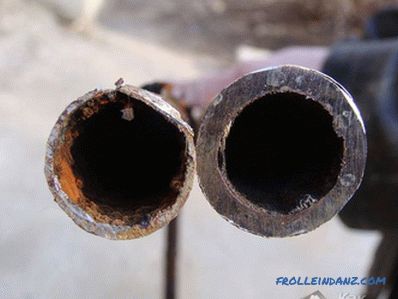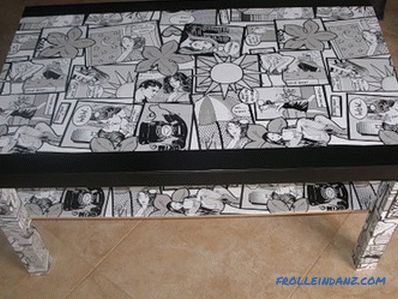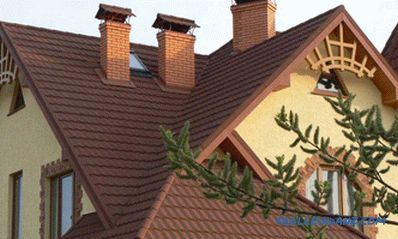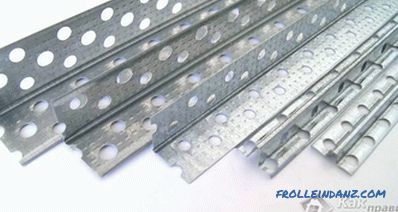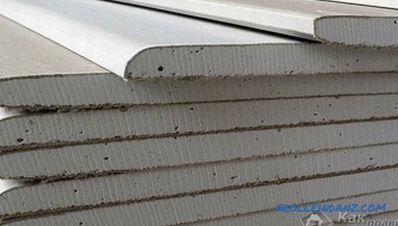In any work with wood, it is necessary to be able to calculate lumber, as well as draw up any tables. This lesson requires some skill and a number of small skills, but to do something wrong will be impossible.
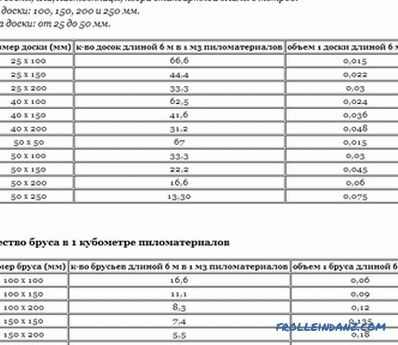
Calculation of edged boards.
What is a cubature?
Coming to any firm selling lumber, the client is handed a cubature to select the product of interest. It can look quite intricate, and can be extremely simple, but in any case it includes several basic articles:
- Wood type. Edged board, timber, bar or rail, each name forms a kind of subsection.
- Physical dimensions. Width and height are always indicated in mm, but length is indicated in m, which often makes calculations difficult.
- Volume 1 of the instance V = l * a * h, where l is the length, a is the width, h is the height.
- The number of pieces in 1 m³ - V1 = 1 / V.
- Mass and humidity are indicated only in special cases, since they do not matter for retail customers, and these indicators are necessary for transportation by trawls.
In this case, 1 m³ - this concept is not geometric, but purely algebraic, because there is no other way to calculate the volume of lumber. Externally, 1 m³ may well look like 4 200 * 200 * 6 bars lying in parallel.
Each of the 4 traditional lumber shown is characterized by its appearance.
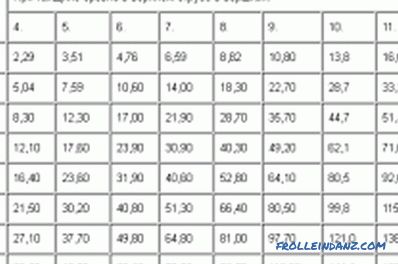
Calculation of the weight of a cubic meter of wood.
The edged board has a small thickness, but the width exceeds it at least 4 times. In construction and homework, a section of 25 * 150 mm and 30 * 200 mm is especially popular, since they allow you to perform most of the traditional operations.
The bar has a large cross-sectional area from 100 * 100 mm to 200 * 200 mm and a considerable mass. It is usually used as support elements or guides, since a large margin of safety makes itself felt.
The bar has a small cross-sectional area from 25 * 25 mm to 50 * 80 mm, therefore it is used for more delicate works. In construction is not used as often as when creating furniture.
The rake is quite fragile at all, therefore it is usually used for furniture making, repair work and for some other working moments.
Based on this, it is possible to independently compile the lumber calculation tables with arbitrary data:
| Type of wood | Physical dimensions, mm | Volume of 1 piece, m³ | Quantity in 1 m³, piece |
| Bar | 100 * 100 * 7000 | 0.07 | 14.3 |
| 150 * 200 * 6000 | 0.18 | 5.6 | |
| Bar | 40 * 40 * 3000 | 0.0048 | 208.3 |
| 50 * 80 * 5000 | 0.02 | 50 | |
| Edged board | 25 * 100 * 7000 | 0.0177 | 57.1 |
| 30 * 200 * 6000 | 0.036 | 27.8 | |
| Rake | 22 * 50 * 2000 | 0.022 | 45.5 |
| 30 * 50 * 4000 | 0.006 | 166.7 |
Summing up
After the end of the independent R when calculating the table, you still need to remember the aspect that rounding almost always goes down, and as volumes increase, all calculations start from the very beginning. The reason for this is simple: a reduction of 1 m³ can seriously affect bulk purchases.
The ability to independently calculate lumber will allow not only correct handling of cubic meters, but also simultaneously derive your calculations.
In no case should computers be trusted, since they often make mistakes, which directly concerns the financial side of the issue.
Didn't find the answer in the article? More information on the topic:
-

How to calculate the volume of the log correctly?
How to calculate the volume of a log correctly, which calculation methods allow you to accurately estimate the volume of roundwood? Calculation of the volume of occupied space, individual logs, tables.
-
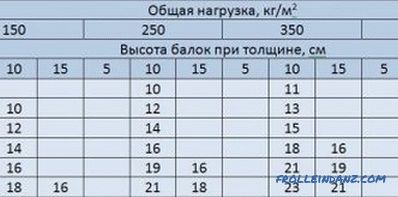
Calculation features of wood floors
Step by step instructions on how to make a calculation of the wooden floor. Determination of the main parameters: the length of the wooden beams, the calculation of the load on the overlap, etc.
